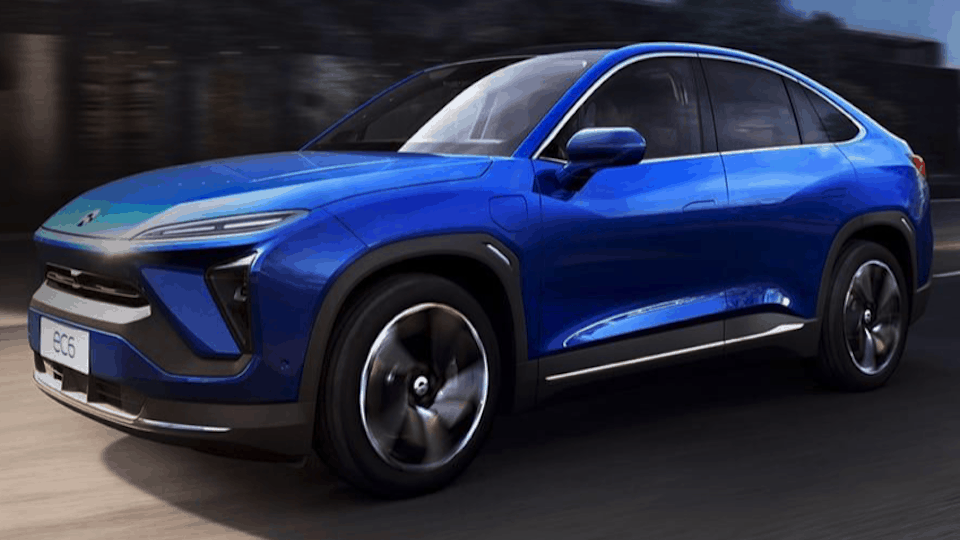Chinese electric car powerhouse NIO (NYSE: NIO) saw its shares dip in value yet again yesterday. The NIO share price had seen an explosion at the start of 2021, reaching a high of $62 in early February. However, broader concerns about the global shortage of semiconductors have triggered a sell-off among automotive investors.
The falling NIO share price
NIO was one of many automotive shares whose share value slumped on Tuesday. Ford and Tesla also saw drops of 2% and 1.6% respectively. This was due to growing worries over the global semiconductor shortage. The problem initially arose due to factory closures forced by the pandemic last year. However, since production has reopened, there has been a huge surge in demand for semiconductor chips, outweighing the current supply. As a consequence, NIO suspended production for five days between March 29 and April 2, which is likely to equate to a loss of production of between 500 and 1,000 vehicles for the year.
Another reason for the fall in share price is the rise in bond yields the UK and US have seen in recent months. The US 10-year treasury note has risen 67% year-to-date. Bond yields have been historically low for the past 15 years, which leads to hefty stock valuations. As bond yields rise, such valuations tend to lose steam. In addition to this, rising interest rates increase payments on all debts, which makes it harder for businesses to borrow money for growth. This is a large factor behind the tech sell-off that has occurred in the last few months, affecting the NIO share price directly.
Passive income stocks: our picks
Do you like the idea of dividend income?
The prospect of investing in a company just once, then sitting back and watching as it potentially pays a dividend out over and over?
If you’re excited by the thought of regular passive income payments, as well as the potential for significant growth on your initial investment…
Then we think you’ll want to see this report inside Motley Fool Share Advisor — ‘5 Essential Stocks For Passive Income Seekers’.
What’s more, today we’re giving away one of these stock picks, absolutely free!
Strong Q1 results
All that being said, NIO’s Q1 results in late April did boast some encouraging numbers. Compared to Q1 2020, deliveries were up from 3,838 to 20,060. This marked a sales increase of 489.8%! Gross profit was also up 36.2% from Q4 2020, which is music to any investor’s ears. Net losses also fell to just over £50m, which is a continuation of the firm’s decreasing losses. These ‘positive’ results helped push the NIO share price up to $40 in the week after the report was issued.
CFO Steve Fung also highlighted that more customers are opting for longer-range battery packs and the NIO Pilot Driver Assist System. This helped boost gross margins to 21.2% for Q1, marking a huge year-on-year increase from the -7.4% margin for Q1 2020. CEO William Li has said that the additional cash from increased gross margins will be ploughed back into future technology and other user services. This gives me optimism for the future of the firm.
The Verdict
The reason the NIO share price fell is a combination of the global semiconductor shortage and rising bond yields. NIO is not alone in its semiconductor supply struggle, with many other automotive shares struggling to get their hands on chips. However, the recent Q1 results present a lot of reasons to be bullish about this stock. NIO has proved its scalable business plan, however, future share prices are likely to rest on semiconductor availability.








